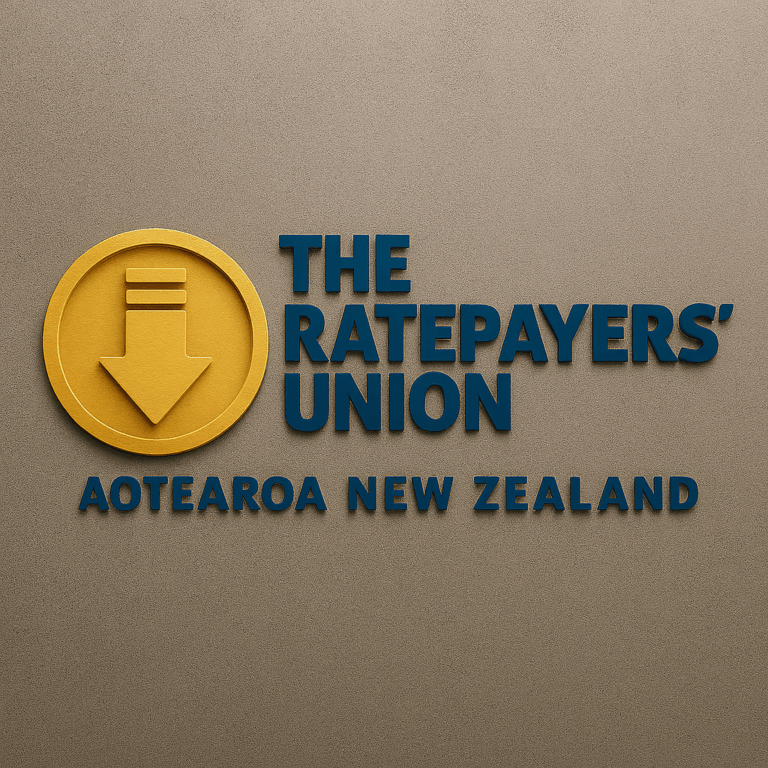Councils across the country are choosing to keep water services in-house, despite the Government urging them to combine forces with neighbours.
The outcome could be higher water costs for households in districts such as Taranaki and South Canterbury, where councils have decided to go-it-alone. But in Northland, a regional grouping may arise despite prior opposition in Whangārei.
Plans for around 40 water entities across the country may emerge from the Government’s Local Water Done Well scheme in the coming weeks, as councils work to meet a September 3 deadline for providing Local Government Minister Simon Watts with financially sustainable water service delivery plans.
Despite many of these proposed water entities not reaching a sufficient scale to obtain the best debt financing on offer under the government scheme, Local Government Minister Simon Watts said he was “pretty confident in the way things are moving”.
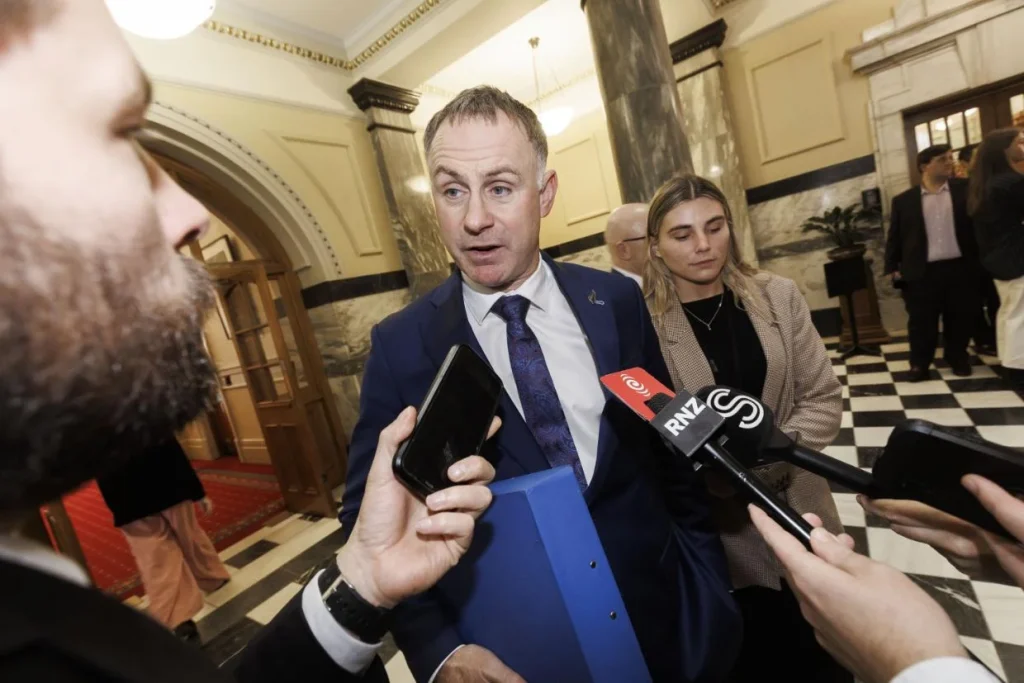
About 40 water entities emerging in Government water regime _ The Post
“The majority of councils have recognised that size and scale is important, and so they’re moving in that direction.”
Water prices would be more affordable then the status quo, he said.
But Labour Party local government spokesperson Tangi Utikere said the outcome of Local Water Done Well was “not quite landing where the current Government would have thought it would be landing”.
“There will still be a number of orphan councils,” he said.
In Waitaki District, which covers both South Canterbury and Otago, a more expensive route has been taken than could have been.
Mayor Gary Kircher had advocated for a regional entity with the council’s neighbours, but he was outvoted at the council table.
“There was definitely a community voice around keeping control of the future of our water services. That was certainly something that factored in really clearly,” he said.
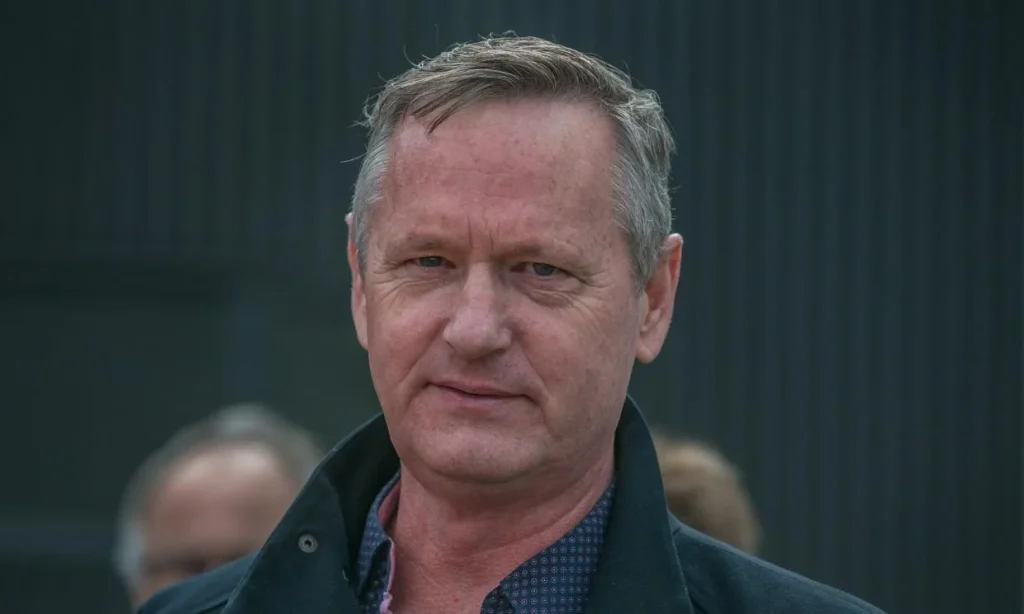
Neighbouring district councils Waimate and Mackenzie had decided to also keep water services in-house and Timaru, without possible partners, would be a standalone water service entity.
“My preference was to keep working with both groups, with the hope that that they would join together, or that certainly in the future, others would join in,” Kircher said. “That didn’t come to pass.”
The cost of water services would be going up a lot, Kircher said, but less so under a joint model.
Now, keeping the services in-house, his council’s total rates take would have to increase by 25% next year, and a further 30% the year after. The council would be reviewing its long term plan to find savings and lessen this.
“They’re still relatively rough numbers, but it gives an indication of a trajectory that we will be on if we don’t make other changes.”
New Plymouth Mayor Neil Holdom said his council was looking forward to working with its neighbours, but then Stratford and South Taranaki councils each decided against a regional model.
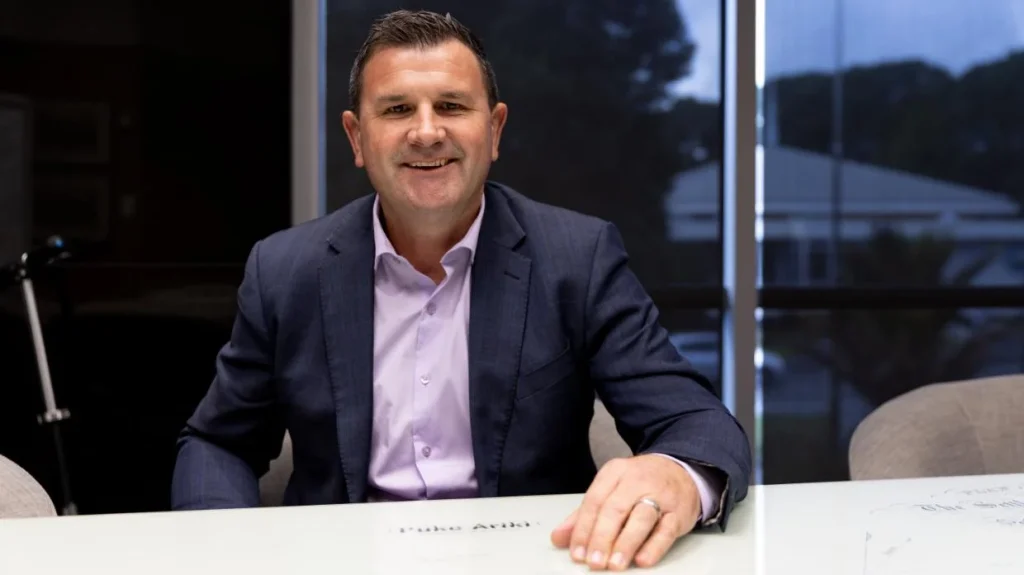
“We will establish a standalone entity at this stage just for the New Plymouth District, but we have a view that there are benefits from operating at scale, and that it’s in the long-term interests of everybody that we see these water teams basically merged and working together,” he said.
“It’s hard to put like a dollar figure on it, but the view is, you build a bigger organisation, you get better systems, you can hire better people.”
Whangārei Mayor Vince Cocurullo was previously opposed to working with neighbouring Kaipara and Far North district councils, but his council had now arrived at a potential regional solution.
“It was never that we didn’t want to work with them. It was that we didn’t want the financial burden of the other councils.”
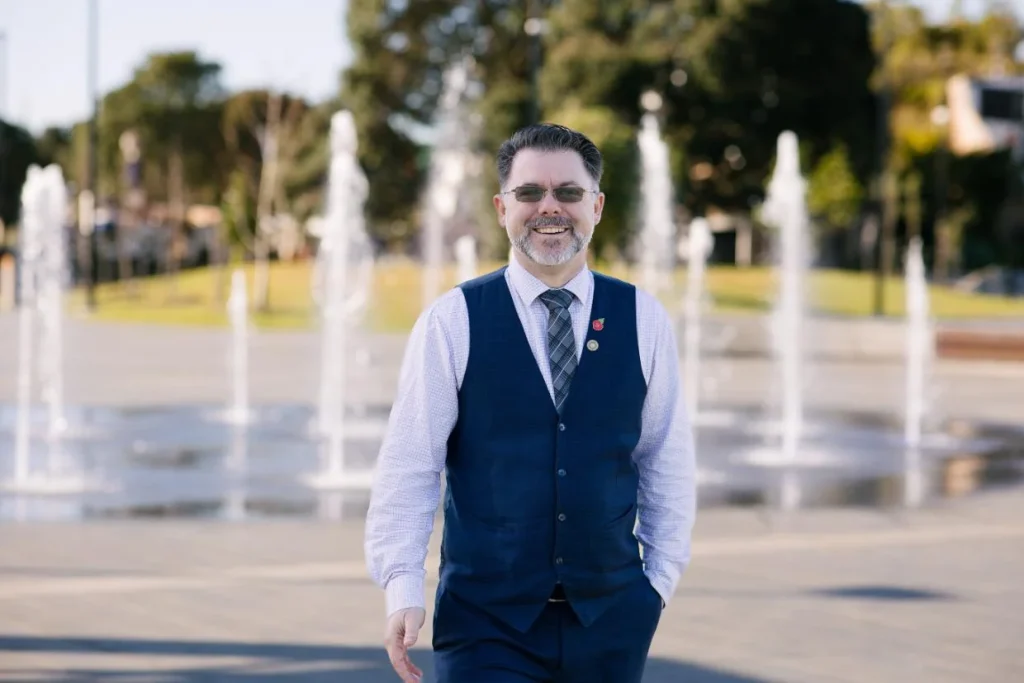
The arrangement – yet to be decided on by the neighbouring councils – was for a combined water entity, but with each council’s finances ring-fenced for at least three years.
“We’ve got the skills in Whangārei to be able to run everything and do everything ourselves,” Cocurullo said, but working together would allow “better buying power”.
As many as 30 councils may continue to provide water services alone, according to analysis by consultancy firm Martin Jenkins.
Nick Davis, a partner of the firm, published a breakdown of council decisions earlier this week also showing, of the water entities to emerge from council discussions, four would exceed the 50,000 connections threshold.
This threshold would be needed by councils to obtain the best possible financing options from the Local Government Funding Agency, which has been tasked by the Government of providing debt to water service operators.
For entities with greater than 50,000 connections, an operating funds to debt ratio of 8% would be given, among other financial covenants. That means an entity could take on close to 12-fold its yearly operating funds in debt.
According to Martin Jenkins analysis, a further 17 water entities may meet the second-tier threshold of 20,000 to 50,000 connections, offering a 9% operating funds to debt ratio.
In general, greater borrowing capacity allows councils to better spread the cost of water infrastructure, easing the financial burden on households.

